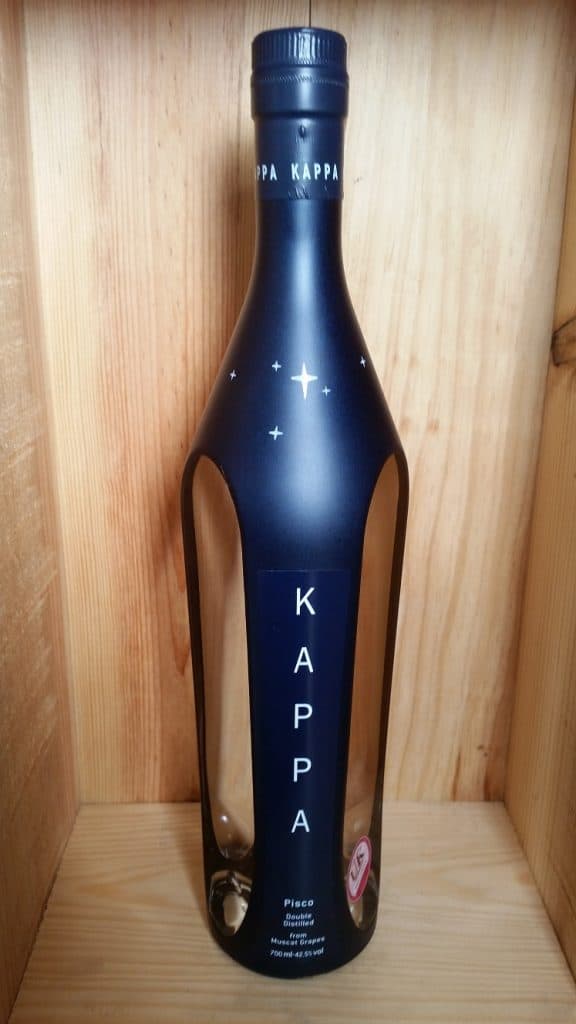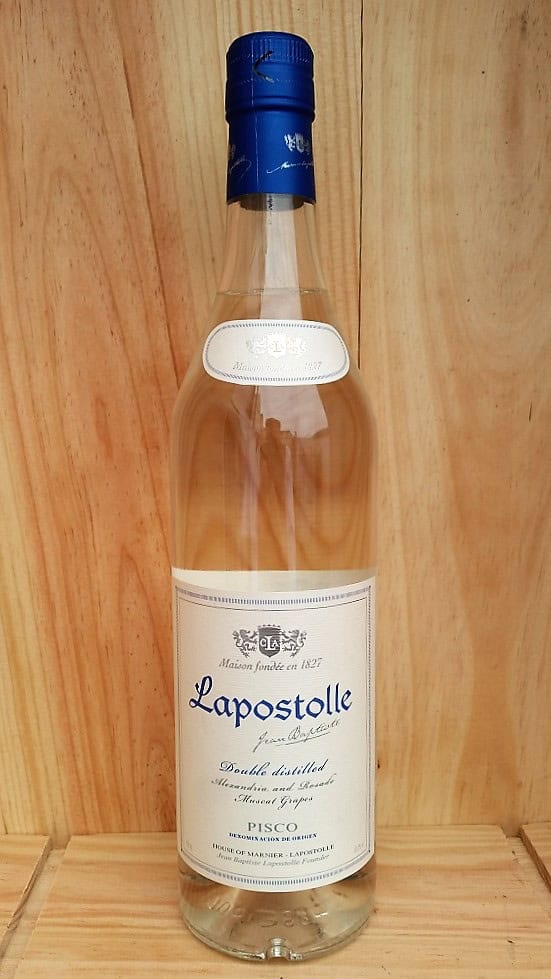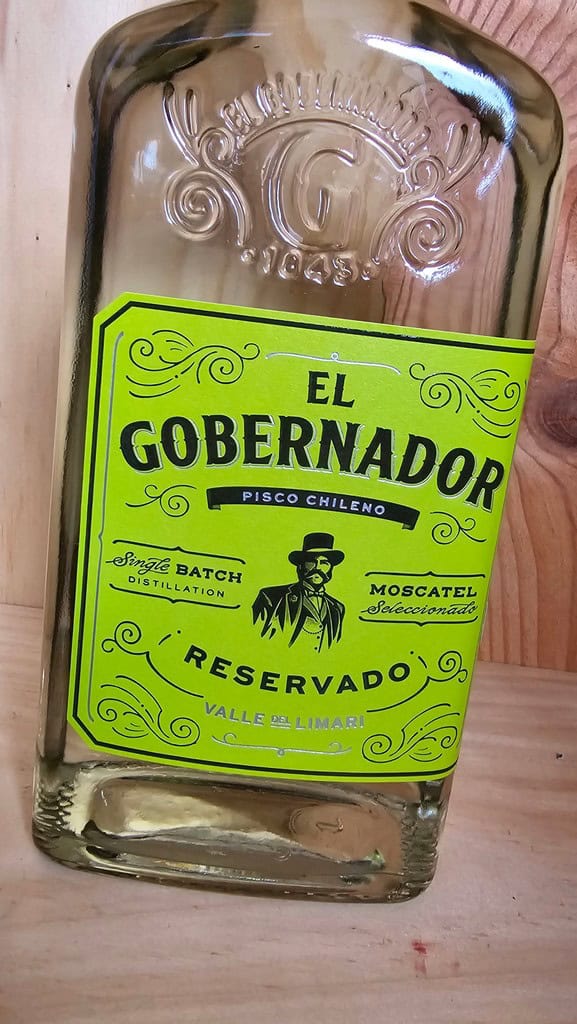
Pisco is a type of grape brandy made in Peru and Chile. It is thought to have originated with the 16th-century Spanish Settlers, or Conquistadores, who created it as an alternative to the imported Spanish pomace brandy, Orujo. The Conquistadores brought the cultivation of grapes and wine production to South America, so it is only natural that the distillation of their wines followed. Pisco production began in Peru at the turn of the seventeenth century, and the earliest reference to Pisco brandy as a Peruvian aguardiente can be traced to 1764.
Possible origins of the name “Pisco”:
Explore Pisco available at Fareham Wine Cellar


Peruvian Pisco production has been through many ups and downs through the centuries, including the collapse of the Peruvian wine industry after the great 1687 Peru Earthquake and the subsequent divergence to cotton farming in the 19th century as cotton prices boomed. Production is limited to areas located on the coast of the Departments of Lima, Ica, Arequipa, Moquegua and the Locumba, Sama and Caplina valleys in the Department of Tacna.
Today, the Peruvian Pisco industry is buoyant and has found new export markets as many Pisco-based cocktails, including the famous Pisco Sour, have travelled around the globe.
Peru claims the exclusive right to the use of the Pisco label name as an appellation of origin; however, for many years, Chile has disputed this, and Chilean Pisco is recognised in many parts of the world. Chilean Pisco is produced mainly in the Elqui Valley, a long, narrow strip through the Andres.
Both types of traditional Pisco are South American spirits made from the distillation of grape must, usually in copper pot stills.


Chilean Pisco is made predominantly from Muscat grapes, although some vineyards are planted with, and use, the Torontel or Pedro Ximenez grape varieties. Those of the Elqui Valley are considered the best. There are four broad categories,
Corriente o Tradicional – bottled at 30 to 35% ABV – this is the basic style, it normally has a sweetish aroma and is clear or slightly yellow-tinged
Especial – bottled at 35 to 40% ABV – stronger than corriente o tradicional and normally yellowish in colour
Reservado – bottled at 40% ABV – stronger than regular Pisco and normally yellowish in colour
Gran – bottled at 43% ABV or more – often darker in colour and stronger than the above categories.
The colour of the spirit is derived from maturation in oak barrels; generally, the ones aged longest in the barrel will be the darkest. Some commercial, unaged, styles are completely clear. The categories above are not defined by grape variety, but production is limited to the use of Muscat, Torontel and Pedro Ximenez (Pedro Jimenez)


Must be made from indigenous grapes with no other ingredients added, and the best is generally considered to come from the Ica Valley. The main categories of Peruvian Pisco are,
Puro (Pure) – made from the Quebranta grape variety. Other non-aromatic varieties, such as the Mollar or Common Black, can also be used, but the spirit must be 100% made from one grape variety
Aromaticas (Aromatic) – made from aromatic grape varieties such as Muscat or Moscatel and Albilla, Italia and Torontel. Again, production must be 100% from one grape variety
Mosto Verde (Green Must) – made from the distillation of partially fermented grape musts before all of the sugar has been transformed into alcohol. This tends to be quite grapey and perfumed in style.
Acholado – produced from the distillation of musts of different grape varieties and is blended. Tends to be sweeter in style.
In Peru, the first part of the distillate (the heads) is kept and mixed in with the rest of the distillate – this gives the spirit more character. It must also be aged for three months in inert vessels (glass, stainless steel) and no additives can be added nor the alcoholic proof adjusted.
It is often drunk on its own without ice or mixers, but has found fame in export markets as the key ingredient in the Pisco Sour. Indeed, Pisco Sour Day is celebrated in Peru on the 1st Saturday in February each year. It can also be mixed with cola to make a Piscola and is used in other cocktails such as the Mango Chic and the Serene Libra.
A Pisco Sour is a cocktail made with egg white, lime juice, simple syrup, and bitters. The Chilean version usually has no bitters.
Pisco Sour Day is celebrated in Peru on the first Saturday of February!
Store in a cool, dark place like any other spirit. Unlike wine, it doesn’t age or improve in the bottle, but it won’t deteriorate if properly stored. Once opened, it can last for several years.
Pairs well with:
Read More
Keep up to date with news, events & offers

Keep up to date with news, events & offers

Address: 55 High Street, Fareham, Hampshire PO16 7BG | UK VAT No. 544 2912 49 | Alcohol Wholesaler Registration Scheme (AWRS) Unique Registration Number (URN) XVAW00000101036 | EORI No: GB544291249000 | Copyright © 2024 Fareham Wine Cellar All rights reserved